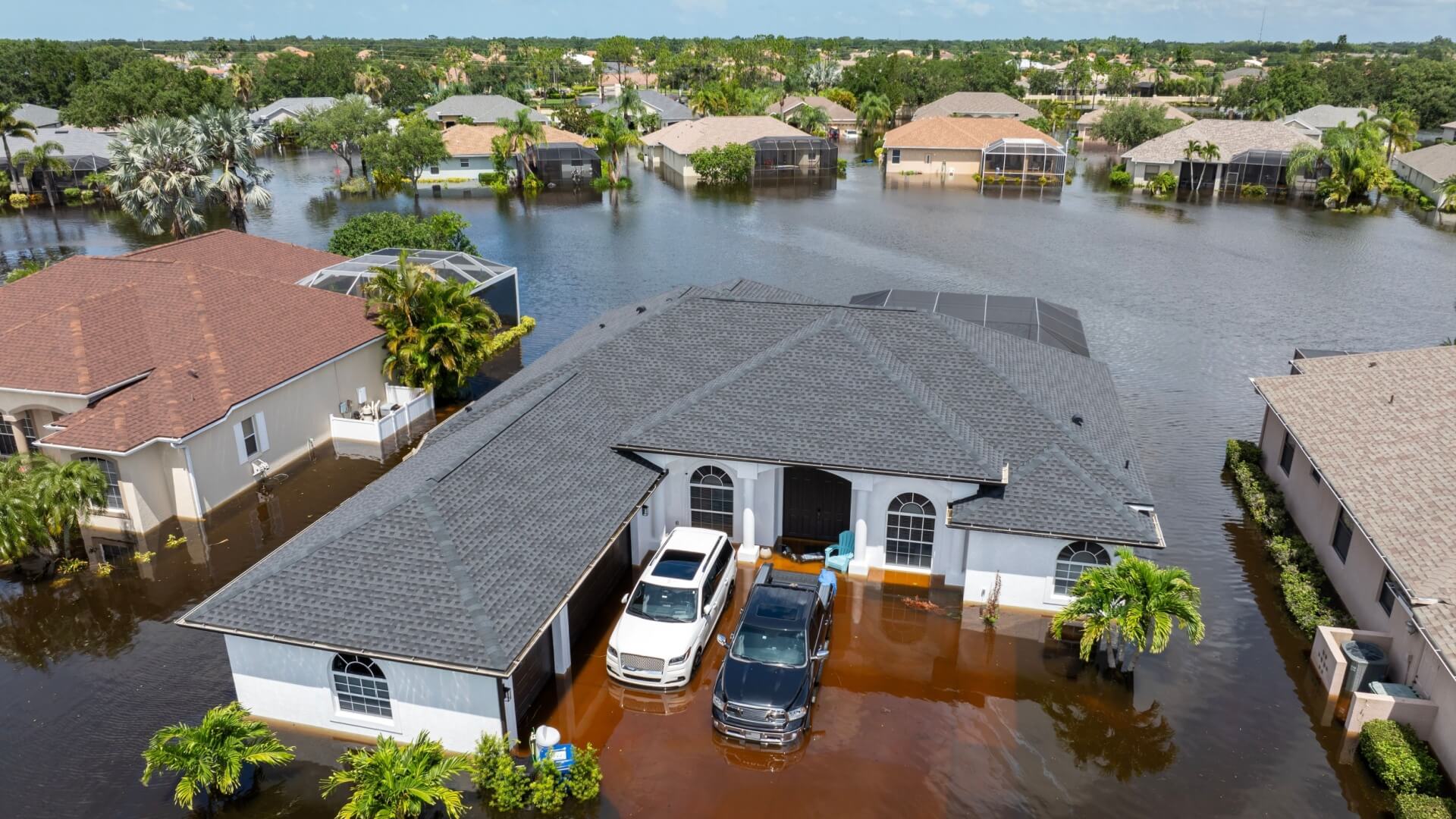Mold and Insurance Claims: What You Need to Know
Mold and insurance claims are a pressing concern for property owners, especially in humid regions like Florida. Mold can quickly become a nightmare, damaging your property and even affecting your health. If you’re wondering what you need to know about mold insurance coverage, here’s a quick guide:
- Mold can cause serious property damage: It thrives in damp environments, breaking down building materials and posing significant repair challenges.
- Health risks are real: Mold spores can lead to respiratory issues, allergic reactions, and worsen asthma. Protecting indoor air quality is crucial.
- Insurance policies vary: Coverage for mold depends on the specific language of your policy. Some cover mold if it results from an event like a sudden water leak, while others may exclude it altogether.
- Documentation is key: To succeed in a mold insurance claim, carefully document the damage with photos and notes, and reach out to your insurer promptly.
Addressing mold problems quickly can save you stress and money. The nuances of mold insurance claims can be complex, but understanding your policy and taking immediate action are essential steps in protecting your property.
Insight Into Mold and Insurance Coverage Can Help
Mold is more than just an eyesore. It’s a hidden danger that lurks in damp corners, waiting to spread. Understanding the risks associated with mold can help you take the right steps to protect your home and health.
1. Mold Spores: The Invisible Invaders
Mold reproduces through tiny particles called spores. These microscopic spores float through the air, both indoors and out. While they’re a natural part of the environment, large levels of mold spores indoors can lead to health problems. Spores can settle on any moist surface and start growing within 24 to 48 hours if the conditions are right.
2. Health Effects: More Than Just Allergies
Mold exposure is not just about sneezing and itchy eyes. It can lead to serious health issues, especially for those with respiratory conditions or weakened immune systems. Prolonged exposure can cause:
- Respiratory problems: Breathing in mold spores can irritate the lungs, leading to symptoms like coughing and wheezing.
- Asthma attacks: Mold can trigger asthma symptoms, making it hard to breathe.
- Allergic reactions: Symptoms include sneezing, a runny nose, and skin rashes.
3. Moisture Sources: The Root of the Problem
Mold needs moisture to grow. Common sources of moisture in homes include:
- Leaky pipes or roofs: Even a small leak can create a perfect environment for mold.
- High humidity: Humid climates, like Florida, naturally increase indoor moisture levels.
- Flooding or water intrusion: Sudden floods or slow leaks can soak building materials, creating an ideal breeding ground for mold.
Mold and Insurance Claims
When it comes to mold and insurance claims, things can get a bit tricky. Not all mold damage is covered by insurance, and understanding your policy is key.
4. Property Policies: What’s Typically Covered?
Most homeowner’s insurance policies cover sudden and accidental water damage. For example, if a pipe bursts and mold starts to grow as a result, that damage might be covered. However, if the mold is due to a slow leak that wasn’t addressed, it likely won’t be covered. It’s crucial to know what your policy says about water and mold damage.
5. Coverage Exclusions: What to Watch Out For
Insurance policies often have exclusions that can affect your claim. Common exclusions include:
- Gradual leaks: If mold results from a long-term leak, it’s usually not covered.
- Flood damage: Mold from flooding isn’t covered unless you have a separate flood insurance policy.
- Negligence: If the mold is due to poor maintenance or neglect, the claim might be denied.
In Florida, for example, some policies might offer limited coverage for mold, often capped at a certain amount, like $5,000, unless additional coverage is purchased.
6. Navigating Mold Insurance Claims
To successfully steer a mold insurance claim, follow these steps:
- Report the Damage Quickly: Notify your insurance company as soon as you find mold. Delays can complicate your claim.
- Document Everything: Take photos and videos of the damage. Keep records of conversations with your insurer, including names and dates.
- Understand Your Policy: Review your policy’s declarations page and endorsements. Know what’s covered and what isn’t.
- Seek Professional Help: If you’re unsure about your policy or the claims process, consider consulting with our mold attorneys.
Understanding the ins and outs of mold insurance claims can save you time, money, and frustration. In the next section, we’ll dive deeper into when mold damage is covered by insurance and what you need to know about your policy language.
When is Mold Damage Covered?
Understanding when mold damage is covered by insurance can be confusing, but it’s essential if you’re dealing with water-related issues in your home. Let’s break it down based on the key elements of sudden water damage, accidental leaks, and policy language.
7. Sudden Water Damage: The Unexpected Culprit
Most homeowner’s insurance policies cover mold damage if it’s caused by sudden and accidental water damage. For instance, if a pipe bursts unexpectedly, leading to water damage and subsequent mold growth, this situation is typically covered. The keyword here is “sudden”—the damage must be unexpected and immediate.
8. Accidental Leaks: Not All Leaks Are Equal
Accidental leaks, like those from a broken washing machine hose or a sudden toilet overflow, can also lead to mold growth. If these leaks are sudden and accidental, the resulting mold damage is usually covered by your policy. However, if a leak is gradual and goes unnoticed for a long time, leading to mold, it might not be covered. Insurance companies often view this as a maintenance issue.
9. Policy Language: The Devil’s in the Details
The specific language in your insurance policy is crucial in determining coverage. Here’s what to look out for:
- Exclusions and Limits: Some policies have specific exclusions for mold or cap the amount they will pay for mold damage. For example, a policy might limit mold coverage to $5,000 unless you’ve purchased additional coverage.
- Endorsements: These are add-ons to your policy that can provide extra coverage. If mold coverage is limited in your standard policy, an endorsement can offer additional protection.
- Definitions of Terms: Understand how your policy defines terms like “sudden” and “accidental.” This can influence whether your claim is accepted or denied.
In Florida, where humidity and storms are common, it’s especially important to review your policy language to ensure you’re adequately covered for potential mold issues. Even if your policy covers mold damage, the total damage must exceed your deductible for the insurance to pay out.
Preventing Mold Growth After Water Damage
Water damage can quickly lead to mold growth, especially in humid climates like Florida. Swift action is crucial to prevent mold from taking hold. Here’s how you can protect your property and stop mold before it starts.
10. Drying Techniques: Speed is Key
Once water damage occurs, the clock starts ticking. Mold can begin to grow in as little as 24 to 48 hours. Here are some effective drying techniques:
- Remove Standing Water: Use pumps or wet vacuums to remove any standing water immediately. This is the first step in preventing mold.
- Dry the Area Thoroughly: Use fans and dehumidifiers to dry the area completely. Open windows and doors to increase air circulation if weather permits.
- Pull-Up Wet Carpets and Rugs: These can trap moisture and become breeding grounds for mold. If possible, remove them and dry them separately.
- Use Desiccants: Silica gel and other desiccants can help absorb moisture in small, enclosed areas.
11. Emergency Measures: Quick Actions to Mitigate Damage
During an emergency, taking immediate steps can significantly reduce the risk of mold growth:
- Turn Off Water Sources: If the damage is due to a leak, locate and turn off the main water valve to prevent further flooding.
- Temporary Repairs: Cover any leaks or broken windows with tarps or plastic sheeting to prevent additional water from entering your home.
- Document Everything: Take photos or videos of the damage. This documentation will be crucial if you need to file an insurance claim later.
12. Property Protection: Long-Term Strategies
Preventing mold isn’t just about reacting to water damage—it’s also about preparing your home to withstand future issues:
- Regular Inspections: Check pipes, faucets, and hoses regularly for any signs of leaks. Fix them immediately to prevent water damage.
- Improve Ventilation: Install exhaust fans in kitchens and bathrooms to reduce humidity levels, making it harder for mold to thrive.
- Gutter Maintenance: Ensure gutters and downspouts are clear and direct water away from your home.
- Avoid Carpeting in Moisture-Prone Areas: Instead of carpet, use tiles or other moisture-resistant flooring in basements and bathrooms.
By taking these steps, you can significantly reduce the risk of mold growth in your home. Prevention is always easier and cheaper than dealing with a full-blown mold infestation.
In the next section, we’ll address some frequently asked questions about mold and insurance, helping you steer the complexities of mold and insurance claims.
Frequently Asked Questions about Mold and Insurance
When it comes to mold and insurance claims, understanding your coverage can be tricky. Let’s break it down with some common questions.
Can mold damage be claimed on insurance?
Whether you can claim mold damage on your insurance largely depends on your homeowner’s policy. Most standard policies cover mold if it results from a covered issue. For example, if a pipe bursts suddenly and causes water damage, leading to mold, your policy might cover the costs. However, if mold develops due to long-term neglect, like a slow leak that wasn’t fixed, it’s often excluded.
Will insurance cover mold damage?
In general, mold damage is a general exclusion in many homeowner’s policies. Insurers typically don’t cover mold that results from maintenance issues.
However, there are exceptions. If mold is a consequence of a peril covered by your policy, such as a fire extinguished with water, your insurance might help cover the remediation costs. Always check your policy details to understand what specific situations are covered.
How to Pay for Mold Removal
If your insurance doesn’t cover mold removal, there are other options to consider. FEMA assistance may be available if the mold is a result of a natural disaster, like a hurricane or flood. Additionally, some states offer Home Repair funds to help with necessary repairs, including mold remediation. It’s worth exploring these avenues if you’re facing significant out-of-pocket costs.
Understanding the intricacies of insurance coverage for mold can save you time and money. Knowing when and how your policy applies can help you make informed decisions in the event of mold damage.
Contact EC Law Counsel For Compensation For Your Mold Damage
Navigating mold and insurance claims can be daunting, but EC Law Counsel is here to help. With a focus on recovering compensation for insurance claims, particularly in property insurance, we stand out due to our extensive experience as former insurance adjusters and underwriters. This background allows us to avoid delays and secure the settlement you deserve.
At EC Law Counsel, we understand the complexities involved in mold damage claims. Mold issues can cause serious health problems and property damage, and insurance companies often try to deny claims by citing policy exclusions. This is where EC Law Counsel steps in. We assist clients in understanding policy language and identifying instances where coverage applies, such as sudden water damage from accidental leaks.
If you’re dealing with mold damage and need assistance with your insurance claim, don’t hesitate to reach out to EC Law Counsel. We have locations in Hollywood, Fort Myers, and throughout Florida, making it convenient for you to get the help you need. Contact us today for help.





